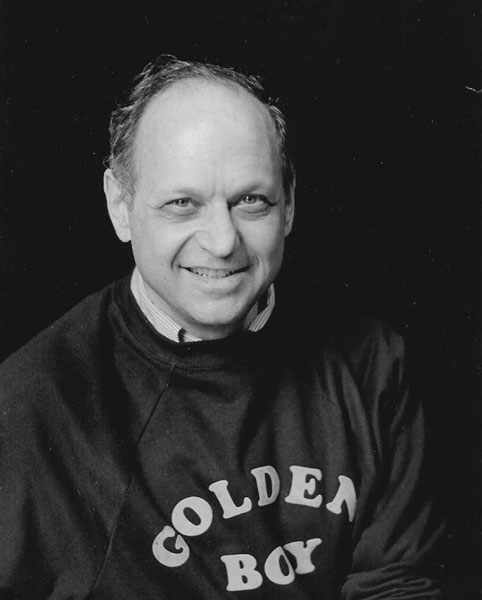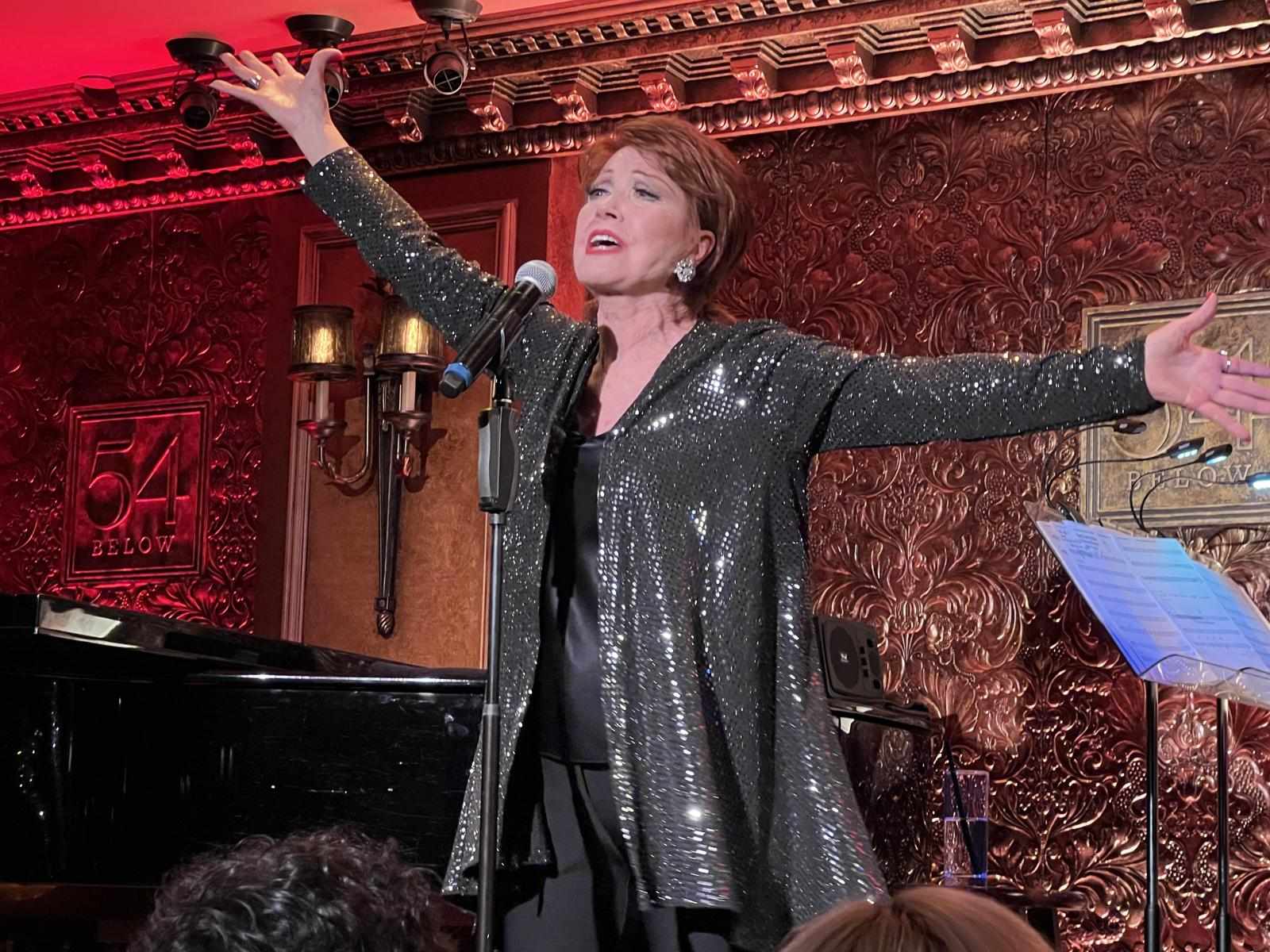
March 16, 2022: Theatre Yesterday and Today, by Ron Fassler
A common question I see posted from time to time on theatre blogs asks what the difference is between an understudy, a standby and a swing: terms and names listed below the cast for all shows in every Playbill. This refers to actors and dancers waiting in the wings (or by a phone) forever on the alert on a moment's notice to take on a role in a show due to someone's inability to perform. This can be as relatively easy as when an actor goes on vacation, in which case, the substitute has sufficient notice to allow them to be ready, willing, and able. Other times, in a more dramatic fashion, they are told they're going on five minutes before curtain time or even mid-show if someone is injured or takes ill.
As someone who has been a standby for four different shows (two on Broadway and two off), covering as many as five actors at once in two of them, I can attest that it's not only difficult to do, but as challenging as anything an actor may attempt during their career. And it was only recently that these unsung heroes were the recipients of much-deserved and long overdue praise amidst the highly contagious Omicron Covid surge. When it was at its peak this past December, it was not uncommon for as many as a half dozen tiny white slips of paper to fall out of Playbills like so much confetti at any given show. Far worse, some shows outright canceled due to running out of understudies, which happened to friends of mine who flew in from Texas to see Company, only to be sent back to their hotel after waiting forty minutes for it to start.

But back to the initial question. Josh Breckenridge, the current dance captain and standby for five of the six male tracks in the Broadway production of Come From Away, defined it perfectly in a recent issue of American Theatre: "A standby is offstage and covers leads. A swing is like a standby in that they’re offstage as well, but they cover multiple ensemble roles, and an understudy is somebody who has their own track onstage, whether it’s a supporting, lead, or ensemble, and also covers someone within the show."
It's fair to state that understudies are happy for the work, even though it tends to be an unrewarding job at times. The worst of it is that someone with the flexibility and reliability to cover a variety of roles might be the last person thought of to replace when a performer exits a long-running play or musical. Not surprisingly, producers feel it's easier to find a new actor than train a new understudy whose already done the hard work, especially when it comes to swings, who are capable of taking on responsibilities that truly boggle the mind. They have to cover any number of ensemble tracks, sometimes as many as a dozen or more, not to mention moving props and scenery transitioning in and out of scenes, which sometimes comes with the territory.
Add to that the boredom and frustration of standbys being hired for long running shows who never (even once) get to go on. This happened much more frequently in the old days when missing a performance was verboten. Such luminaries as Ethel Merman, Carol Channing, Ray Bolger, Alfred Lunt and Lynn Fontanne simply never missed a show (ask Jo Anne Worley, who never went on the entire time she covered Channing in the original Hello, Dolly!). Those stars of old wouldn't hear of it and would perform with fevers, broken bones, etc., steeped in the tradition of "the show must go on" (that and not wanting to disappoint their public). One of my favorite stories about this grand and glorious tradition concerns Harvey Fierstein, an actor well-known for rarely missing performances. When Hairspray began previews at the Neil Simon Theatre, Fierstein saw to it that the entire company of more than thirty actors had their head shots put up on a wall backstage. He announced that if anyone missed a show, their picture would come down. At the time he left over a year later, there was only one other cast member whose photo still adorned the wall — besides Harvey's, of course.
Here are three stories (of so many to choose from) that showcase different understudy situations and scenarios. One is when in 1966, Mary Martin and Robert Preston played in the very first two-character Broadway musical, I Do! I Do!. Believe it or not, when it opened, neither had standbys. Producer David Merrick felt that people were coming specifically to see the two mega stars and that they had a right to see them. Merrick was prepared to offer refunds so audiences could return another time, rather than hire standbys. He was also hedging his bets because Martin and Preston were made of iron and rarely, if ever, missed performances (and, since they never did, Merrick saved on two extra salaries). Later in the run, in order to reduce Martin and Preston's workload to six days a week, Carol Lawrence and Gordon MacRae were brought in to perform the Wednesday and Saturday matinees. This begs the question whether if either Preston or Martin were unable to go on if Merrick would have substituted Lawrence or MacRae. I'm guessing no, even though the subject is moot, since (again) Martin and Preston never missed a show during their year-long run on Broadway. And, not surprisingly, once MacRae and Lawrence took over and performed all eight a week, standbys Stephen Douglass (the original Joe Hardy in Damn Yankees) and Dran Hamilton, were hired.

The second is when, in 1992, Alan Alda made a return to Broadway after a twenty-five-year absence. A huge television star courtesy of M*A*S*H, he was the name above the title and a big draw in Neil Simon's Jake's Women. But during the run, he was cast in a Woody Allen film and was slated to miss a few performances. The producer had hired a standby, a fine actor named Munson Hicks, but Alda felt bad about not appearing and disappointing those who bought tickets to see him (which was everyone). So, what did he do? He bought out the theatre for those few performances in order that the production didn't lose money. This is obviously something not many actors can do, but Alda is a special case, having been made quite wealthy from eleven years starring on a hit TV series in which he also came to serve as producer, writer, and director. As told to me by the late Ileen Getz, who was herself a standby for two women's roles in Jake's Women, on the rare nights that Alda would express frustration backstage if jokes weren't going over, or it felt like the cast was performing in a vacuum, he'd jokingly rant, "I've BOUGHT better audiences than this!"

Lastly, when Hugh Jackman was taking Broadway by storm nearly twenty years ago in The Boy From Oz, he was scheduled for a much-needed vacation. A marathon, Jackman performed in eighteen full-fledged musical numbers and, naturally, a standby had been hired (Kevin Spirtas). But the powers-that-be decided it didn't make sense to do the show without Jackman while he was vacationing, as the box office would have plunged. Therefore, the show shut down twice (once in February and once in March of 2004), rather than attempt to play it without him. Of course, this brings up the question of whether history will repeat itself if Jackman takes a break from the recently opened hit revival of The Music Man. Two actors are covering the role of Harold Hill: standby Max Clayton and understudy Sean Montgomery. Something tells me due to the nature of the show being much more of an ensemble effort (a supporting cast filled with Tony Award winners AND Sutton Foster for added insurance), either Clayton or Montgomery will most probably get to go on, although when during the preview period Jackman was felled by Covid, performances were suspended (mainly due to the double whammy of Sutton Foster being infected at the same time).
Foster's abscence occurred at the show's fourth preview performance. Her understudy, Kathy Voytko, was faced with having to go on as Marian with one single understudy rehearsal that very day. But that's what actors trained for this very purpose do (Voytko is also a swing in this production). If you missed Hugh Jackman's full-on support for what Kathy Voytko accomplished, here it is (he also eloquently and sincerely sings out praise for understudies calling them “the Bedrock of Broadway”):
Of course, for a young actor, getting cast as an understudy is a big deal and can lead to bigger things. The most famous story of them all is Shirley MacLaine going on with less than a half hour's notice in the original production of The Pajama Game (1954). She had the crazy good fortune of being spotted by an Academy Award winning producer, Hal Wallis, that led to her getting the female lead in Alfred Hitchcock's The Trouble with Harry at age twenty, thus beginning a sixty-plus-year film career that is still ongoing (the whole story can be read in a previous column at this link).

Many future Tony Award winners began their careers in such a fashion like Sutton Foster herself (Les Miserables and Grease), Kelli O'Hara (Jekyll and Hyde), and Danny Burstein, who has six understudy/standby credits to his name including Titanic, Company and A Class Act. And besides her appearance in a twelve-day limited engagement of The Most Happy Fella at City Center (just before turning eleven years old), Bernadette Peters' first adult Broadway credit came eight years later, at age nineteen, when she was a standby in a short-lived comedy titled The Girl in the Freudian Slip. Ms. Peters would eventually go on to a total of sixteen Broadway credits.
Let's hear it for the standbys, swings, and understudies.
If you enjoy these columns, check out Up in the Cheap Seats: A Historical Memoir of Broadway, available at Amazon.com in hardcover, softcover and e-book. Also, follow me here on Scrollstack and feel free to email me with comments or questions at Ron@ronfassler.org.





















Write a comment ...